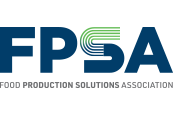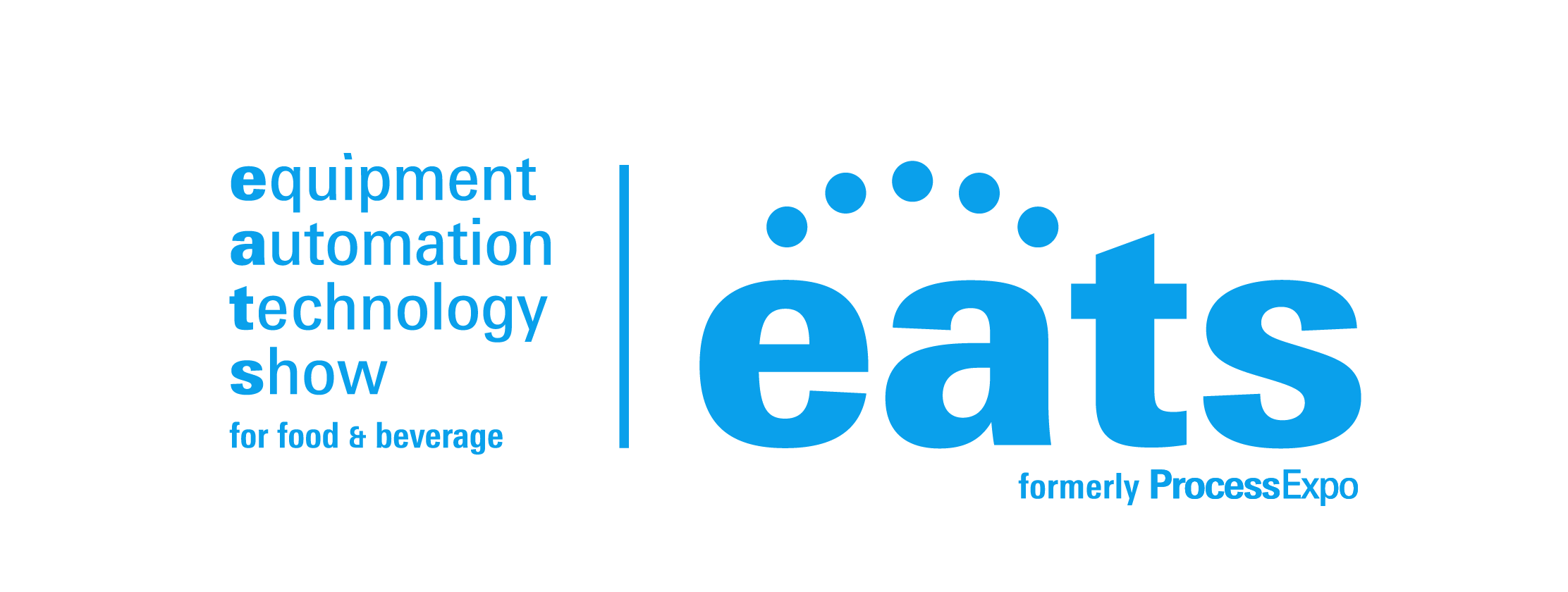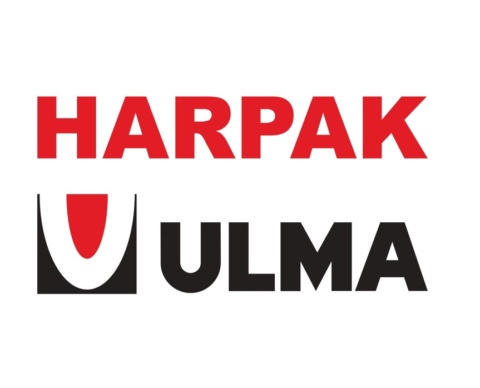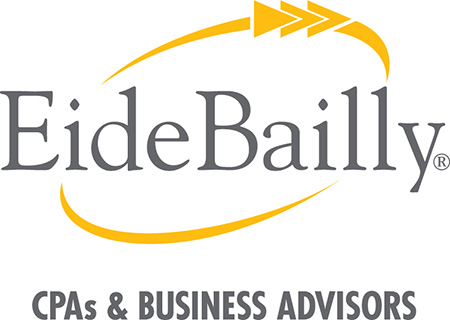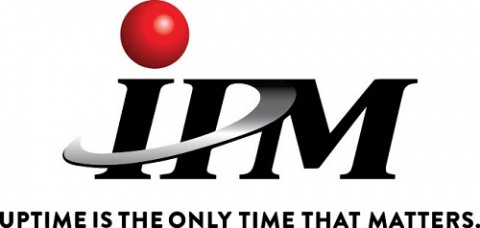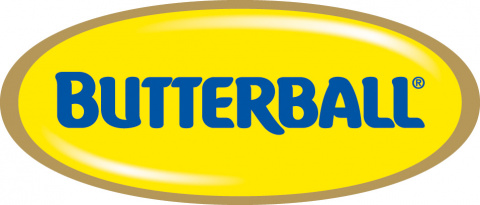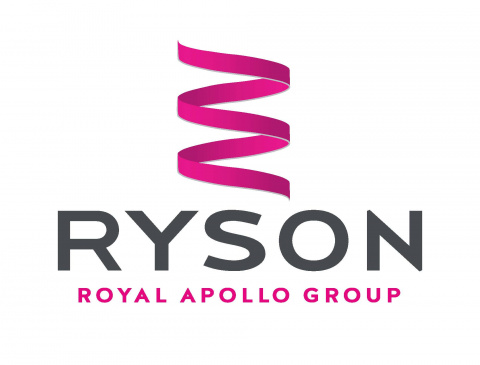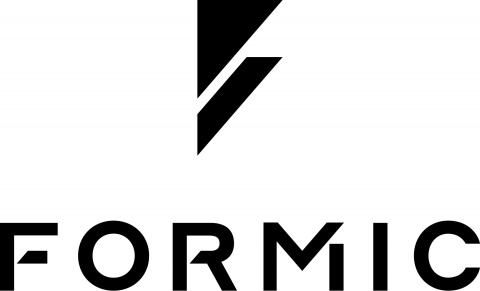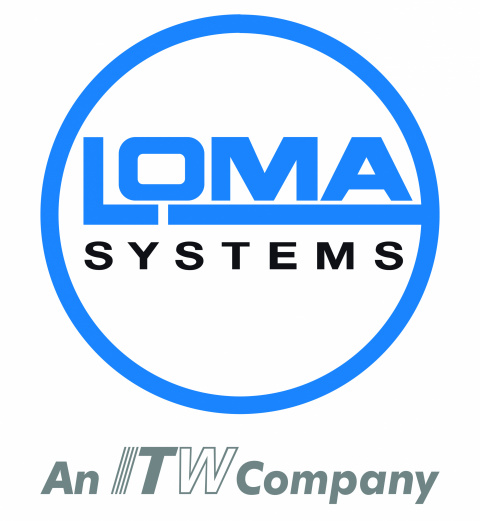
Scientists from the DTU National Food Institute in Denmark have helped develop a method that predicts how well bacteria such as Listeria can tolerate disinfectants.
A study published in Scientific Reports showed that machine learning can predict whether a bacterial strain will survive cleaning. The research was funded by Karl Pedersen og Hustrus Industrifond, the Danish Dairy Research Foundation, the Milk Levy Fund, and Arla Foods.
Listeria can form biofilms—a slimy layer that adheres to surfaces—which can lead to resistance against the disinfectants used to eliminate it. Detecting this resistance required time-consuming laboratory tests.
“The danger lies in the fact that a surface may appear clean, yet resistant bacteria can still be hiding in cracks and corners,” said Pimlapas Shinny Leekitcharoenphon, senior researcher at the DTU National Food Institute.
WGS and machine learning
Researchers explored the prediction of tolerance and minimum inhibitory concentrations (MIC) using whole genome sequencing (WGS) and machine learning. They used WGS data and MIC values to quaternary ammonium compound (QAC) disinfectants from 1,649 Listeria monocytogenes isolates from different sources to train different machine learning predictors. The machine learning model learned to identify genetic patterns associated with resistance to disinfectants commonly used in the food industry.
Three disinfectants were tested: two pure chemical compounds – benzalkonium chloride and didecyldimethylammonium chloride – as well as a commercial product. While all isolates were lab tested for benzalkonium chloride sensitivity, only a subset were tested for didecyldimethylammonium chloride and the commercial product.
“It’s like teaching a computer to read the bacteria’s manual, and then letting it tell us whether the bacterium is likely to survive cleaning with a particular disinfectant,” said Pimlapas Shinny Leekitcharoenphon.
The AI model achieved an accuracy of up to 97 percent and was able to predict tolerance to both the pure chemical substances and the commercial product.
Initial benefits
Researchers said the method can initially help the food industry use existing disinfectants more efficiently – by selecting the right product for the right bacterium based on its DNA profile.
“AI does not provide us with a recipe for new disinfectants, but it tells us which bacteria will likely survive which chemicals. This enables swift and precise action,” said Pimlapas Shinny Leekitcharoenphon.
The current standard for cleaning in the industry is not based on genome sequencing, so it will take time to incorporate a new method. Predictive ML models, in combination with WGS, could be used to internally monitor disinfectant tolerance in production plants and assess the efficacy of sanitation measures.
“The results from this study show great potential for the prediction of disinfectant tolerance from genomic data. In the future, our predictive models might aid the food industry in designing strategic disinfection plans and could help guide targeted elimination in contamination situations,” said scientists.
(To sign up for a free subscription to Food Safety News, click here)
